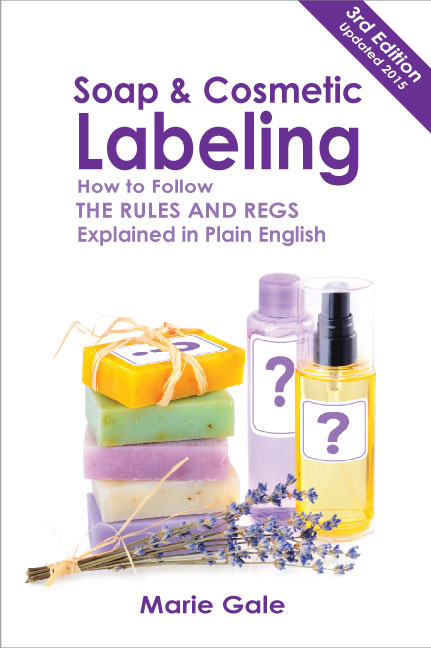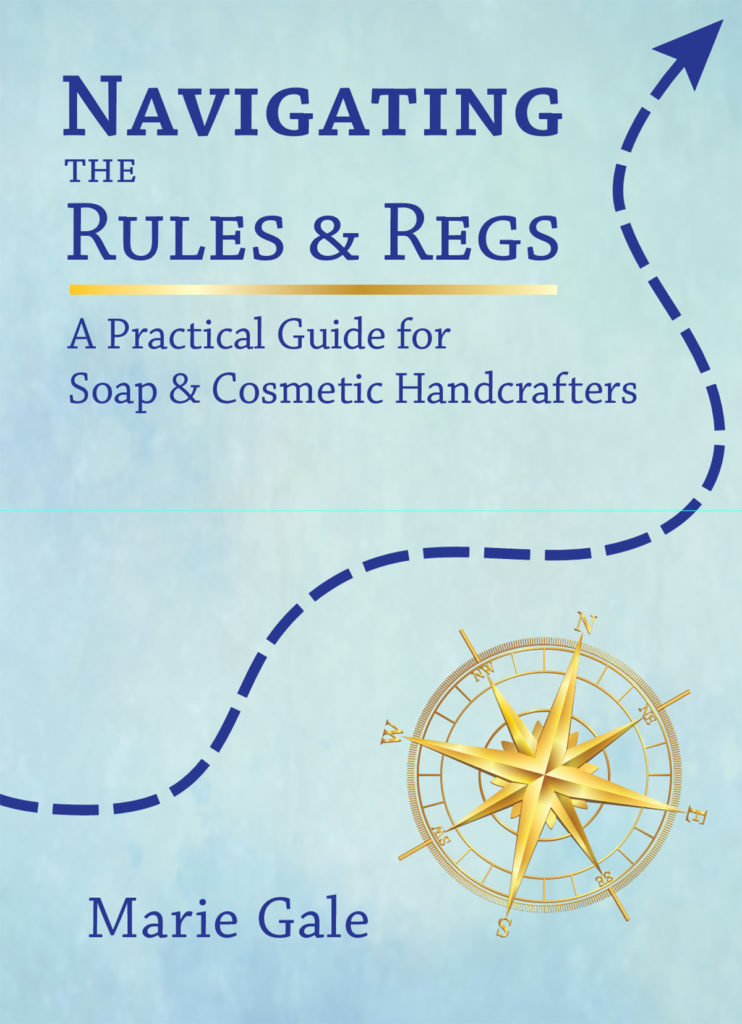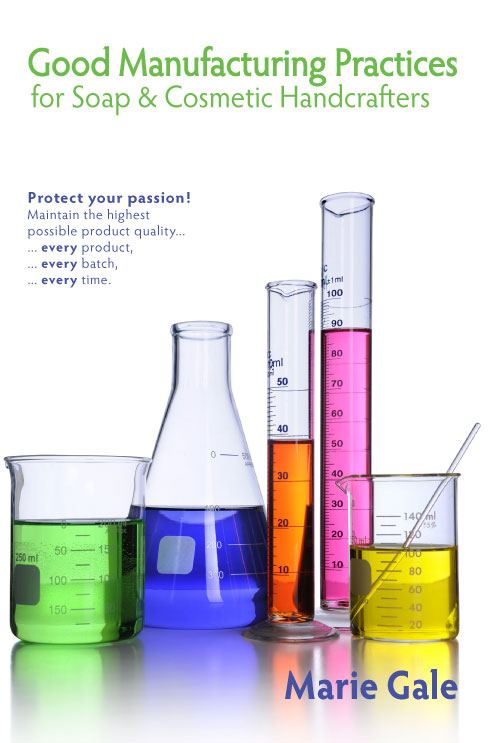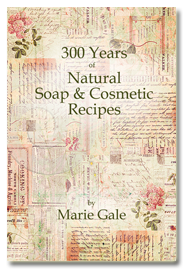Three bills have been introduced this session that affect cosmetics–especially small soap and cosmetic manufacturers. They are:
- HR 2359 – Safe Cosmetics Act of 2011
- HR 4262 – Cosmetics Safety Enhancement Act of 2012
- HR 4395 – Cosmetic Safety Amendments Act of 2012
All are trying to address “cosmetic safety” in different ways. There are some similarities between them … and some very big differences.
HR 2359 – Safe Cosmetics Act of 2011
This bill was introduced June 24, 2011, by Rep. Janice Schakowsky and has 21 cosponsors. It was referred to the Committee on Energy and Commerce and also to the Committee on Education and the Workforce. The House Energy and Commerce Committee referred it to their Subcommittee on Health; the Committee on Education and the Workforce submitted it to their Subcommittee on Workforce Protections. There hasn’t been any movement on it since September last year.
HR 4262 – Cosmetics Safety Enhancement Act of 2012
HR 4262 was introduced March 26, 2012, by Rep. Frank Pallone and has one cosponsor. It was referred to the House Energy and Commerce Committee. No further action has been taken on it as yet.
HR 4395 – Cosmetic Safety Amendments Act of 2012
HR 4395 was introduced on April 18, 2012, by Rep Leonard Lance. It doesn’t have any cosponsors yet. It has also been referred to the House Energy and Commerce Committee, with no further action so far.
Differences and Similarities
All three bills require registration of cosmetic manufacturing facilities and cosmetic formulations (with ingredient lists). The Schakowsky bill (HR 2359) has an exemption for small businesses with less than $2 million in annual sales; the others do not have exemptions … yet.
All three bills have provisions for good manufacturing practices for cosmetics to be written in to regulations. Currently, cosmetic GMP are “guidelines” to ensure that products are not adulterated or misbranded.
All three bills also require mandatory reporting of adverse health effects, although they are defined differently. In HR 2365, “any” adverse health effects must be reported. In the other two bills, it’s “serious” adverse health effects, defined as death, life-threatening events, inpatient hospitalization, disability, disfigurement, or incapacity or a congenital anomaly or birth defect (really serious!)
All three bills also address “cosmetic safety” although they come at it from very different approaches.
- HR 2359 requires that any “contaminant” that can be measured must be included on the label and requires that the FDA set safety levels for all cosmetic ingredients. It eliminates all “incidental ingredients” completely.
- HR 4935 sets up the currently private Cosmetic Ingredient Review (CIR) as the body to determine safety of cosmetic ingredients. It mandates that the FDA set “tolerances” for incidental ingredients. It also requires that the International Cosmetic Ingredient Dictionary (ICID) privately published by the Personal Care Products Council become the standard for all ingredient names on labels.
- HS 4262 is sort of in the middle, requiring that the manufacturer maintain files on the safety of the cosmetic.
March 27, 2012 Hearing
A hearing, “Examining the Current State of Cosmetics,” was held by the House Energy and Commerce Committee on March 27th. It was general, not about any specific bill, but about the state of cosmetics in general. Debbie May, owner of Wholesale Supplies Plus, was one of the people who testified. Her testimony was very strong for the case of small manufacturers and handcrafters, and she made a compelling case for the differences of our industry and the potential adverse effects the various proposed legislation could cause.
Where is it now
All three of the bills are currently in committee. Given the number of cosponsors, and the divergent views and approaches of the three bills, it’s unlikely that anything will gain much momentum. Since we’re in an major election year, difficult and controversial legislation is probably not where they will concentrate their efforts. If nothing happens during the legislative session, the bills die.
However, given the amount of attention focused on cosmetics, this year and in previous years, someone will probably try again next year. Hopefully, they will listen to us and at least make provisions for small manufacturers and handcrafters.
What’s being done
Debbie May has been extremely active in working to educate the legislators in Washington, to help them understand our industry. They are beginning to understand who we are and what we do, which is a big step forward from where it was 4 years ago.
The Handcrafted Soapmakers Guild has also been active on this front. With the membership continuing to grow, it shows that this is not a “little” industry. We are a group that needs to be considered.
I will continue to work with everyone I can, in whatever way I can, to help legislators understand our industry. As they get a grip on the effect that their actions might have on the livelihoods of so many of us, we can only hope that they will adjust any bills they introduce so the resulting regulations will be tolerant of our businesses.




Leave a Reply